Looking for the last largetooth sawfishes
Largetooth sawfishes (Pristis pristis) used to be one of the most fantastic (literally) elasmobranchs found in Mexico and all tropical coasts of the world. However, they are now one of the most threatened animals in the world, and according to the International Union for the Conservation of Nature, they are Critically Endangered worldwide.
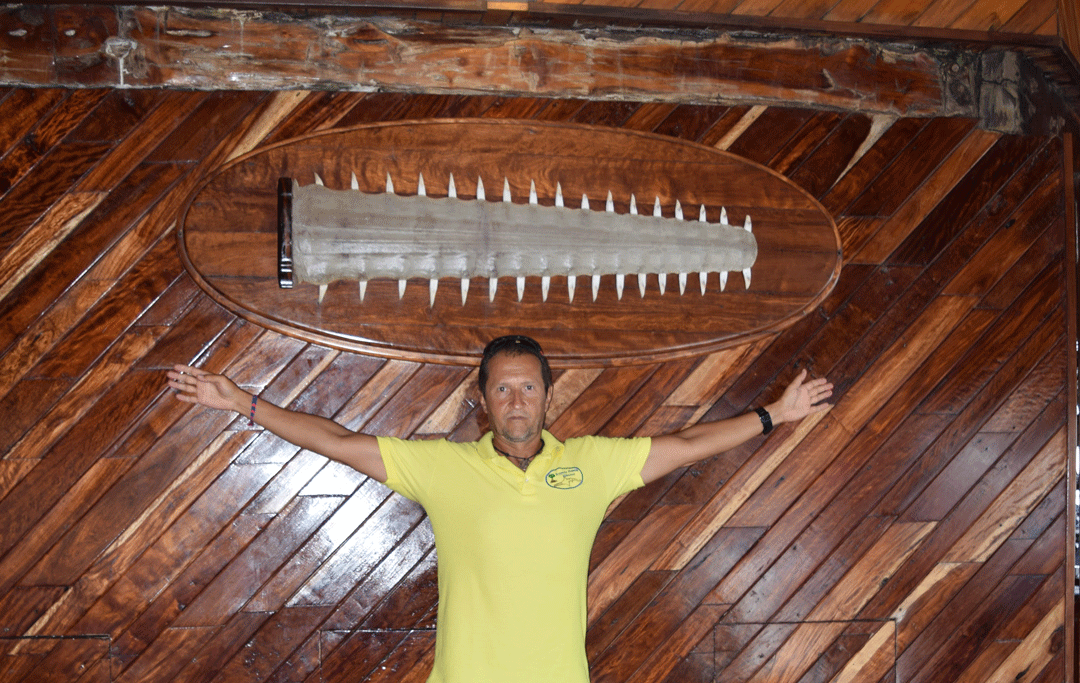
Ramón Bonfil gives perspective to the size of the rostrum of one of the last largetooth sawfishes caught in the east coast of Mexico (Isla Mujeres, 1997). This fish was reported to weigh over a ton. The rostrum is now displayed in a fancy restaurant in Cancun, where this photo was taken in 2016. Photo © Ramón Bonfil
Since 2015 when I set up an NGO here, I have been working to try to find out if we still have largetooth and smalltooth (Pristis pectinata) sawfishes in Mexico. Both species used to be very abundant in shallow waters of the Gulf of Mexico and Caribbean coast of Mexico, but on the Pacific Coast, only the largetooth sawfish occurred. Our research has shown that largetooth sawfishes used to be particularly abundant in the states of Campeche, Quintana Roo and Tabasco on the eastern coast, and in Chiapas, Colima, Michoacan and Nayarit in the Pacific coast. However, both species declined heavily since the 1970s due to overfishing and habitat destruction. Now, we only know for sure that smalltooth sawfish are still found in Mexico (we rescued a juvenile female in 2016 and she is now in the Veracruz Aquarium). As for the largetooth sawfish, the last specimens were fished in 1997 in the eastern coast and in 2010 in the Pacific coast.
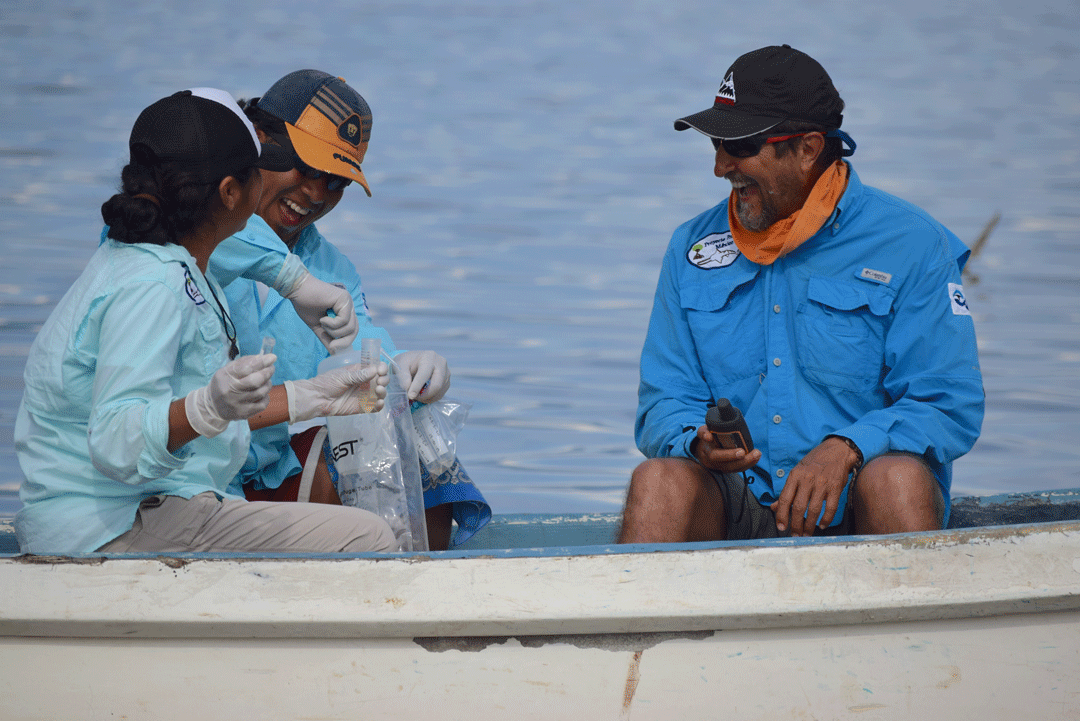
Long days in coastal waters taking water samples for eDNA are made more enjoyable by the good humor of team members. Photo © Ramón Bonfil
So far our eDNA surveys (explained in another blog), have not rendered DNA of largetooth sawfishes in the eastern coast, and while we have not finished analyzing those samples or for that matter surveying the entire eastern coast, it seems that the smalltooth sawfish is much more abundant or perhaps the only species left there.
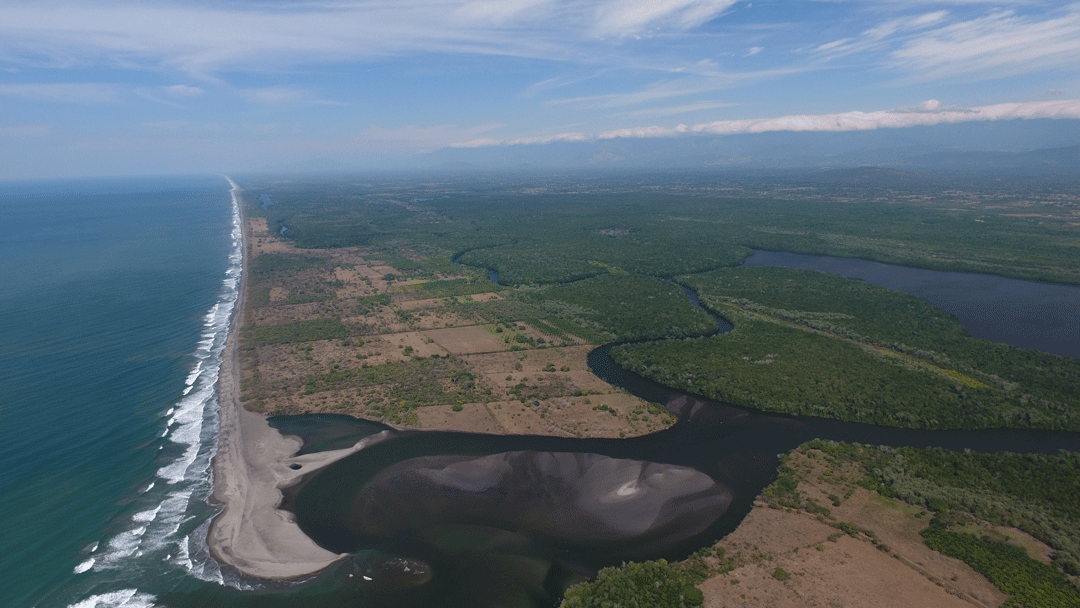
Aerial view of part of the Biosphere Reserve of La Encrucijada, a large coastal system of lagoons and canals, with a few openings to the sea. Photo © Ramón Bonfil
So, starting January 2019, we began looking for largetooth sawfishes in the Pacific coast of Mexico. Our first expedition of the year was an exhausting trip to Chiapas, where we surveyed the coast from the border with Guatemala to the beginning of the Mar Muerto, a huge coastal bay in western Chiapas. During the 3 weeks we worked there, we covered at least 240 km of coast, took 150 eDNA samples and set the odd gillnet when opportunity allowed it. Our survey included a large natural protected area, the Biosphere Reserve of La Encrucijada, where there are plenty of healthy mangrove forests and shallow protected waters, ideal juvenile sawfish habitat.
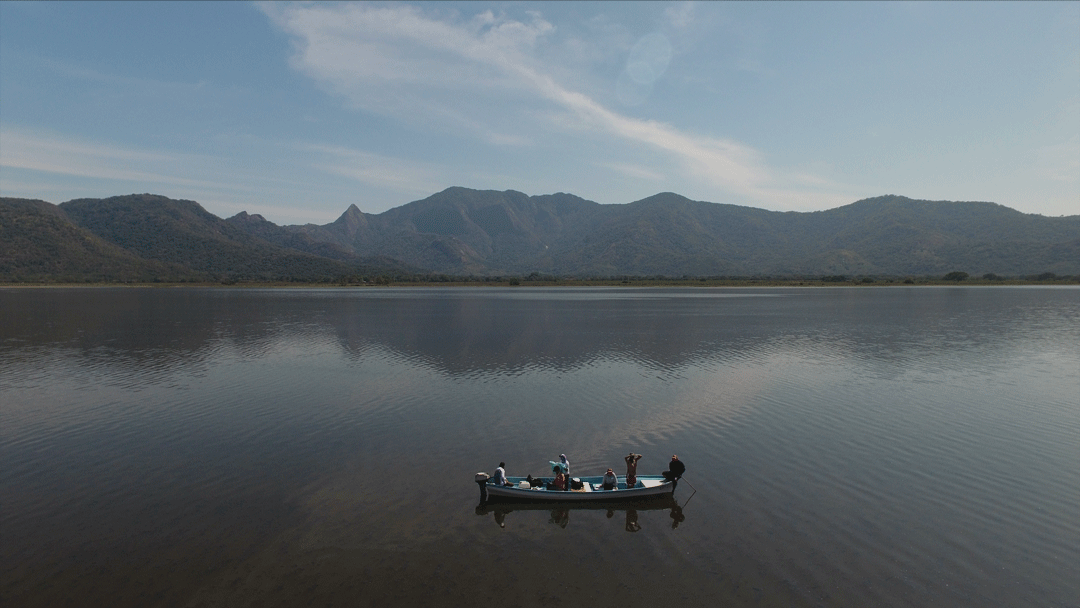
Photo © Ramón Bonfil
The landscapes in Chiapas can be amazing: a high mountain ridge runs some 30-40 km from the coast and parallel to it, with clouds hanging from its peaks and followed by a coastal plain, often covered with a system of coastal lagoons joined by tortuous canals, that leads to the sea. We saw lots of beautiful birds, river tortoises, and even crocodiles during our trip. And the fresh seafood we enjoyed more often than not, complemented a very enjoyable field trip.
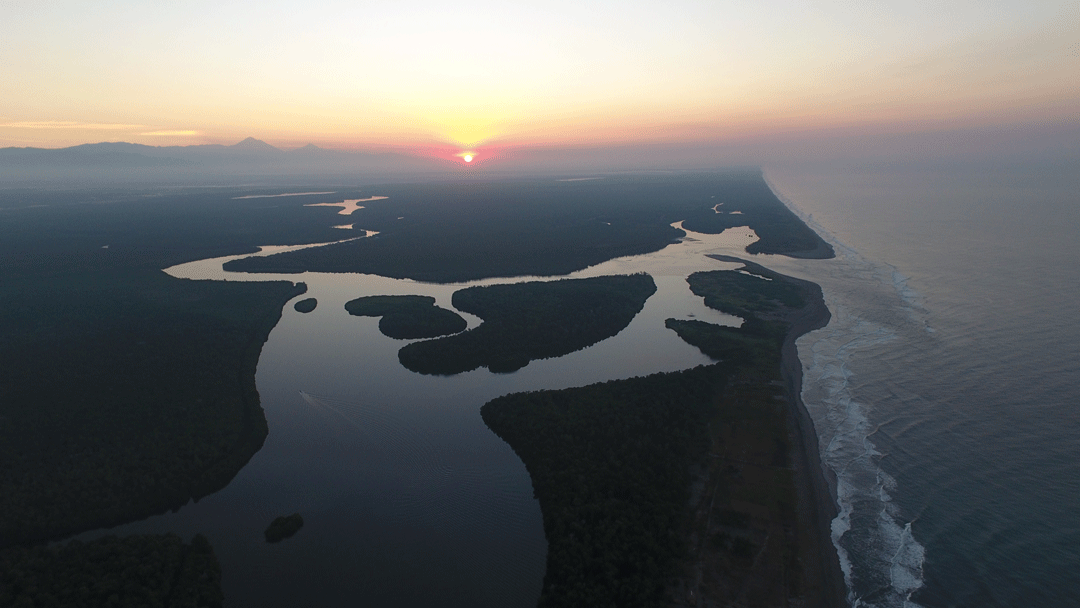
Dawn from mid-air in the coast of Chiapas. The mouth of a large system of lagoons and canals can be seen on the right side. Photo © Ramón Bonfil
As is now becoming routine, local fishers reported that largetooth sawfishes were very common in rivers, coastal lagoons and inner canals, over 50 years ago. A few of the fishers we interviewed during the trip mentioned that some largetooth sawfishes are still caught occasionally offshore, but we could not confirm these claims. However, we have high hopes that some of our eDNA samples (currently being analyzed) will show that largetooth sawfishes are still hiding around Chiapas!
